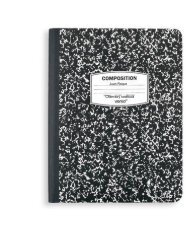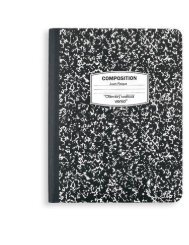You also want an ePaper? Increase the reach of your titles
YUMPU automatically turns print PDFs into web optimized ePapers that Google loves.
- Answer: B<br />
- -The answer would be letter B because as mentioned previously, what changes the rate of a<br />
reaction is either a change, either rise or decrease in temperature or also an increase or<br />
decrease in the pressure.<br />
- - Letters C and D talk about increasing temperature or an increase in pressure, but because<br />
this question is asking about what a catalyst does to a chemical reaction, these are not the<br />
answers, the answer is B because that is what a catalyst does.<br />
- -The definition of a catalyst is literally “a substance that increases the rate or a chemical<br />
reaction without itself undergoing any permanent chemical change” and because of this letter<br />
B would be the correct answer choice.<br />
- Activation energy is a barrier that reactants must go through before products form<br />
- Lowering it will allow the catalyst it take charge to begin the speeding process at a much<br />
farther rate if the activation energy was risen<br />
-<br />
8 Which reaction diagram shows the effect of using the appropriate catalyst in a chemical reaction?<br />
A<br />
C<br />
B<br />
D<br />
- Answer D<br />
- The answer is Graph D because the catalyst added to one of the lines is lower, and this is<br />
because the catalyst lowered the rate necessary for the reaction to happen.<br />
- The other graphs have some other types of changes but none of them show what a catalyst<br />
would do to the slope of a graph.<br />
- Letters A and C don’t make sense because they fluctuate more than once as if the energy<br />
lowered then peaked, then lowered again, yet raised back up then down, this would only<br />
happen if there were two reactions happening.<br />
9 H2O2, hydrogen peroxide, naturally breaks down into H2O and O2 over time. MnO2, manganese<br />
dioxide, can be used to lower the energy of activation needed for this reaction to take place and, thus,<br />
increase the rate of reaction. What type of substance is MnO2?<br />
A a catalyst<br />
B an enhancer<br />
C an inhibitor<br />
D a reactant<br />
- Answer: A<br />
- The answer would be letter a because MnO2 is speeding up the reaction, and a catalyst is<br />
what does that.<br />
Page 145






